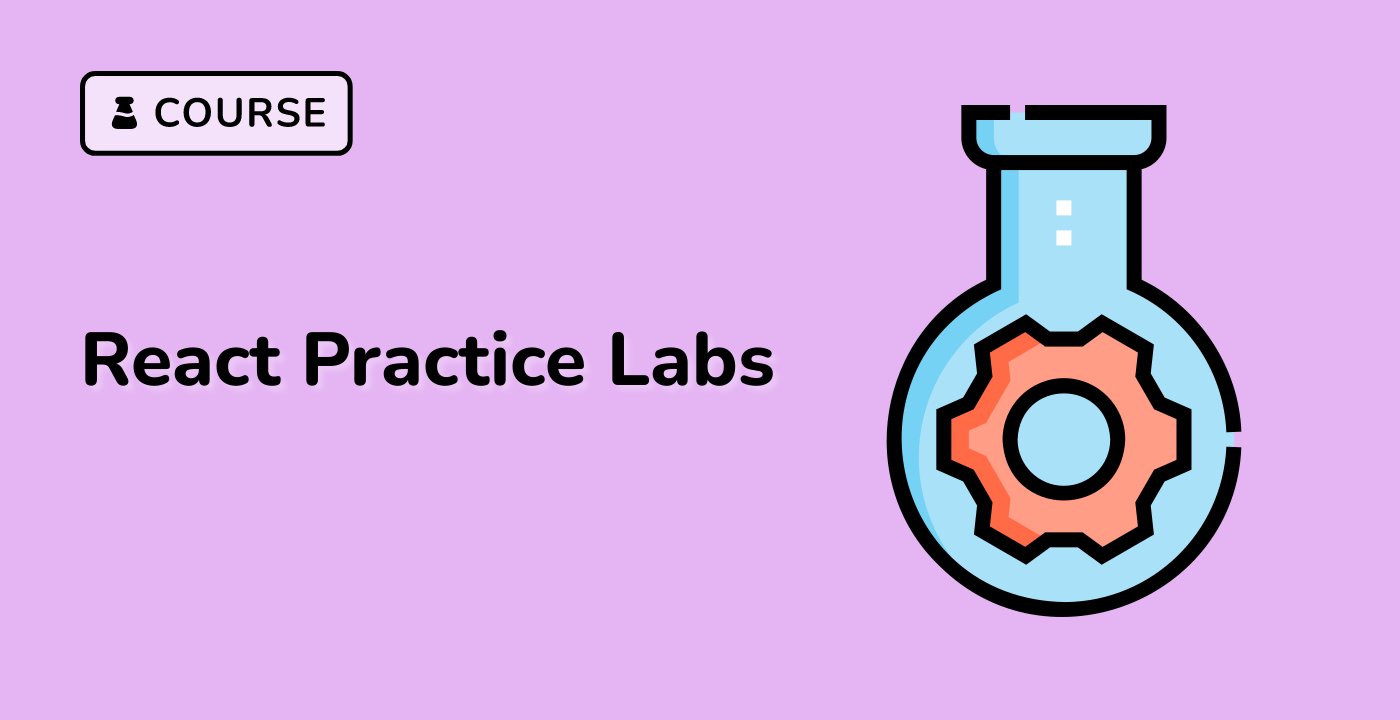index.html and script.js have already been provided in the VM. In general, you only need to add code to script.js and style.css.
To create a stateful value from the fields in a form, you can use the useState() hook to create a state variable for the values in the form. Then, create a function that updates the state variable based on the appropriate event triggered by a form field.
Here's an example implementation:
const useForm = (initialValues) => {
const [values, setValues] = React.useState(initialValues);
return [
values,
(e) => {
setValues({
...values,
[e.target.name]: e.target.value
});
}
];
};
In the example above, useForm() takes an initial state object, creates a state variable values using useState(), and returns an array with values and a function that updates values based on the event passed to it.
You can use useForm() in a form component like this:
const Form = () => {
const initialState = { email: "", password: "" };
const [values, setValues] = useForm(initialState);
const handleSubmit = (e) => {
e.preventDefault();
console.log(values);
};
return (
<form onSubmit={handleSubmit}>
<input type="email" name="email" onChange={setValues} />
<input type="password" name="password" onChange={setValues} />
<button type="submit">Submit</button>
</form>
);
};
ReactDOM.createRoot(document.getElementById("root")).render(<Form />);
In the Form component, useForm() is called with an initial state object and returns an array with values and setValues(). The handleSubmit() function logs the values object to the console when the form is submitted. The input elements are set up to update the form values using the setValues() function.
Please click on 'Go Live' in the bottom right corner to run the web service on port 8080. Then, you can refresh the Web 8080 Tab to preview the web page.




